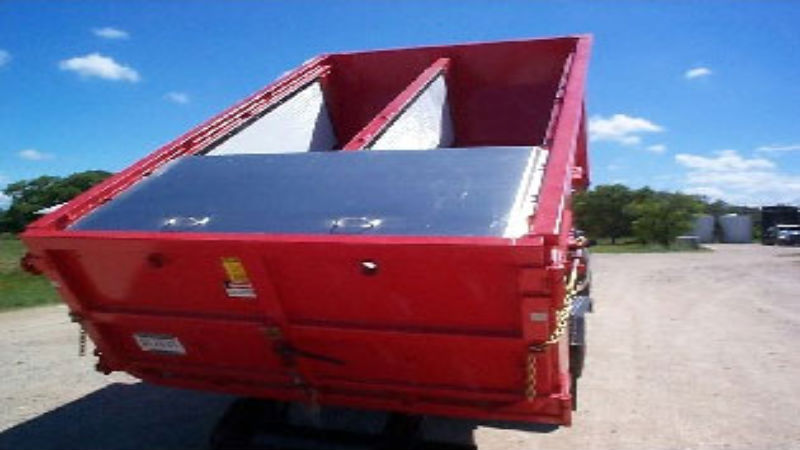vapor liquid separator models
In many types of process air streams, it is essential to be able to remove both water and water vapor for processes where the presence of water is harmful. This process can be completed with the installation of a vapor liquid separator.
While very simple as a basic design, there are a number of features and modifications that can be included to create the level of removal of water and water vapor required. The most basic way to remove vapor and liquid is to use a cyclonic system that pulls the air in and then uses the principles of centrifugal force to push the moisture in the air stream to the exterior walls of the system where they collect and drip down into a reservoir.
For many types of applications, the standard type of vapor liquid separator does a very good job. However, for extremely sensitive equipment or for applications where water vapor would be corrosive or damaging to the equipment or fouling of the nozzles or spray systems is a concern, higher water vapor removal levels may be required.
Added Separation Capacity
Top designs in different vapor liquid separator models can include additional demister elements in the separator vessel. These demisters are designed to reduce the velocity of the vapor, which provides a greater area for the moisture to gather and drop out of the air stream. These demister elements can be made of highly durable polypropylene, or they can also be made of stainless steel.
Another vital element to consider in the separator is the use of an acquiescence plate. This is a plate that separates the water removed from the stream in the sump from being re-absorbed into the stream after removal. The addition of these plates makes the system much more efficient and provides a faster process.

